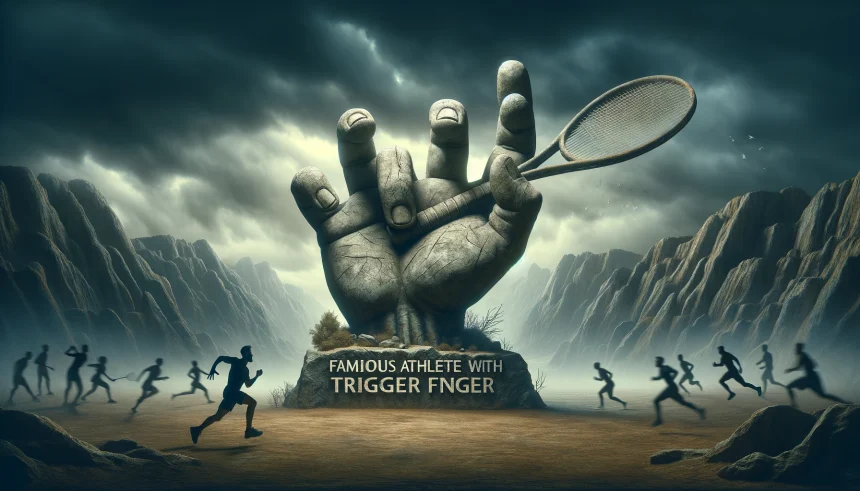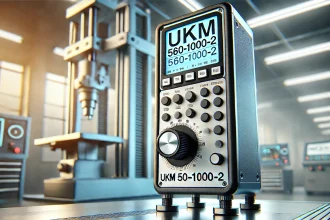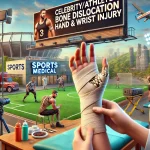Trigger finger is a condition that makes it hard to straighten a finger. It happens when a tendon in the finger gets swollen and cannot move smoothly. The finger may lock or snap when trying to move it.
This condition is common among athletes who use their hands a lot. Sports like tennis, basketball, and baseball involve repetitive hand movements. Over time, this can cause trigger finger.
A famous athlete with trigger finger must learn how to manage the condition while competing. Some athletes recover with treatment, while others adapt their playing style.
Understanding how trigger finger develops and how athletes deal with it can help others prevent or treat the condition. Proper medical care and therapy can make a big difference.
What Is Trigger Finger?
Trigger finger, or stenosing tenosynovitis, affects the tendons in the hand. A tendon is a strong tissue that helps fingers move. When inflamed, it causes pain and stiffness.
The main symptom is the finger getting stuck in a bent position. It may suddenly snap straight, like a trigger being pulled. This is why it is called “trigger finger.”
This condition can happen due to repeated gripping or strain on the hand. Athletes, musicians, and people who use their hands a lot are more likely to develop it.
Treatment depends on how severe the condition is. Some people recover with rest and therapy, while others may need minor surgery.
How Trigger Finger Affects Athletes
A famous athlete with trigger finger faces difficulties with grip and control. The condition makes it hard to hold equipment like a tennis racket, basketball, or golf club.
Sports that require fast hand movements become harder. If a player’s finger locks up during a game, it can affect performance and lead to mistakes.
Athletes also experience pain and stiffness, especially in the morning or after intense practice. This can limit their ability to train properly.
- Loss of grip strength affects how an athlete holds and controls objects.
- Pain and discomfort can make it difficult to perform at a high level.
- Finger stiffness limits flexibility and quick hand movements.
Many athletes work with trainers and doctors to manage symptoms. Early treatment can prevent the condition from getting worse.
Famous Athletes with Trigger Finger
Many professional athletes have dealt with hand injuries, including trigger finger. One famous athlete with trigger finger is Rafael Nadal, the tennis star.
Nadal has suffered from finger issues due to years of intense play. He has reported problems gripping his racket, especially in long matches.
Basketball players like Kobe Bryant and Michael Jordan also had serious finger injuries. While not always trigger finger, their conditions affected their grip and shooting ability.
In baseball, batters and pitchers often develop trigger finger from repetitive gripping. Some players require treatment, including injections or surgery, to continue playing.
These cases show that even top athletes must deal with hand injuries. Proper care allows them to recover and keep competing.
Diagnosis and Treatment for Athletes
Doctors diagnose trigger finger by checking finger movement and symptoms. Sometimes, imaging tests like ultrasounds are used to confirm the issue.
For mild cases, rest and stretching exercises can help. Athletes may also wear splints to keep the finger straight and avoid further strain.
- Anti-inflammatory medications reduce swelling and pain.
- Cortisone injections help ease symptoms temporarily.
- Physical therapy improves flexibility and finger movement.
Severe cases may require a simple surgery to release the tendon. The recovery is quick, and many athletes return to their sport after healing.
Proper treatment helps athletes regain full hand function and continue competing at their best level.
Preventing Trigger Finger in Athletes
Athletes can reduce the risk of trigger finger by taking care of their hands. Stretching and strengthening exercises keep fingers flexible and strong.
Using proper techniques while playing helps prevent excessive strain on the tendons. Trainers often teach athletes how to avoid overuse injuries.
- Taking breaks during training allows hands to rest and recover.
- Wearing protective gear like finger wraps can reduce stress on tendons.
- Regular hand exercises improve movement and reduce stiffness.
If an athlete notices early symptoms, they should seek treatment immediately. Ignoring the problem can make it worse and lead to long-term issues.
Prevention is key to maintaining hand health and avoiding conditions like trigger finger.
Conclusion
A famous athlete with trigger finger must learn how to manage the condition while still performing well. Hand injuries can be challenging, but proper care makes a difference.
Trigger finger can affect any athlete who relies on their hands. Knowing the symptoms and getting treatment early helps prevent serious problems.
Many top athletes have dealt with finger injuries and continued to succeed. With the right approach, athletes can recover and play at their best.
Understanding trigger finger and its impact helps people take better care of their hands. Whether an athlete or not, keeping hands healthy is important for everyone.
FAQs
Which famous athlete has suffered from trigger finger?
Rafael Nadal, the tennis star, has experienced finger issues affecting his grip and performance.
How does trigger finger impact an athlete’s game?
It reduces grip strength, causes finger stiffness, and makes handling sports equipment difficult.
Can athletes recover from trigger finger without surgery?
Yes, mild cases can improve with rest, therapy, and cortisone injections, but severe cases may need surgery.
What sports put athletes at risk for trigger finger?
Tennis, basketball, baseball, and golf involve repetitive hand movements that increase the risk.
How can athletes prevent trigger finger?
Stretching, proper hand techniques, and wearing protective gear can help reduce strain on tendons.
















